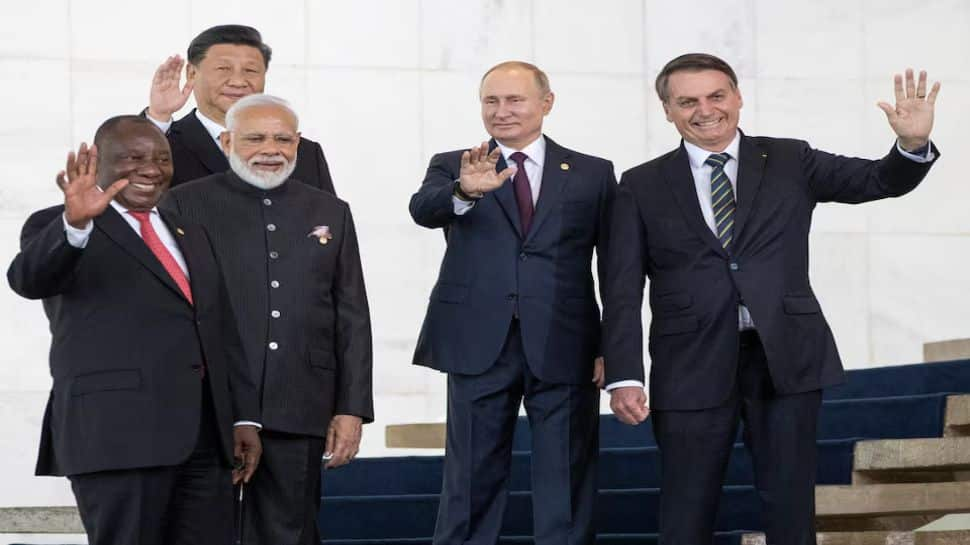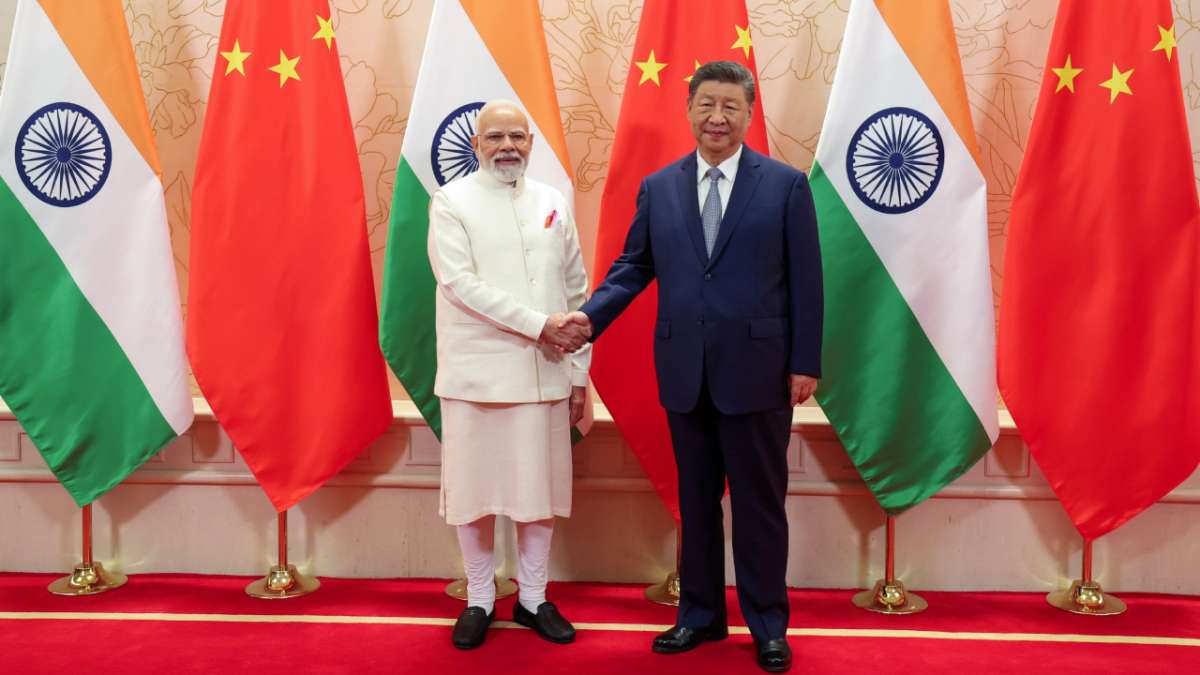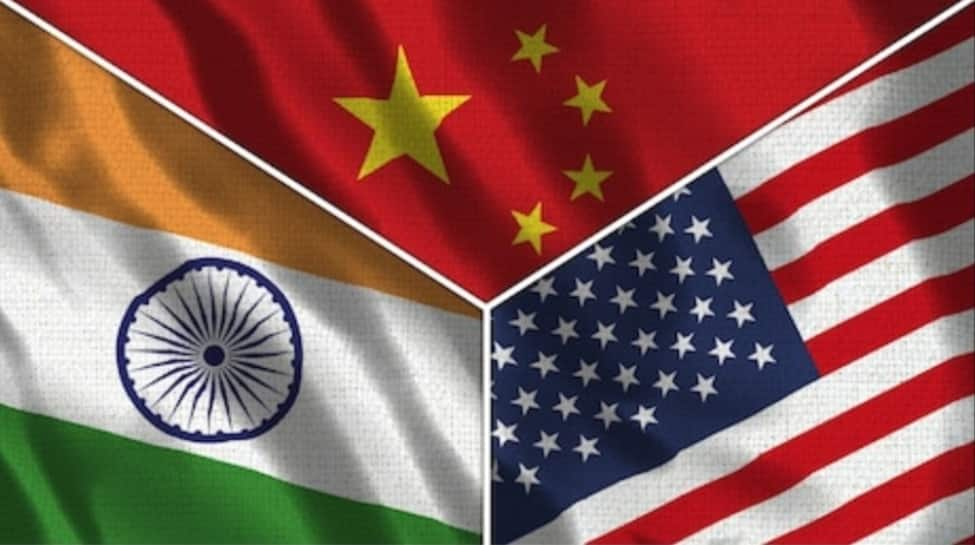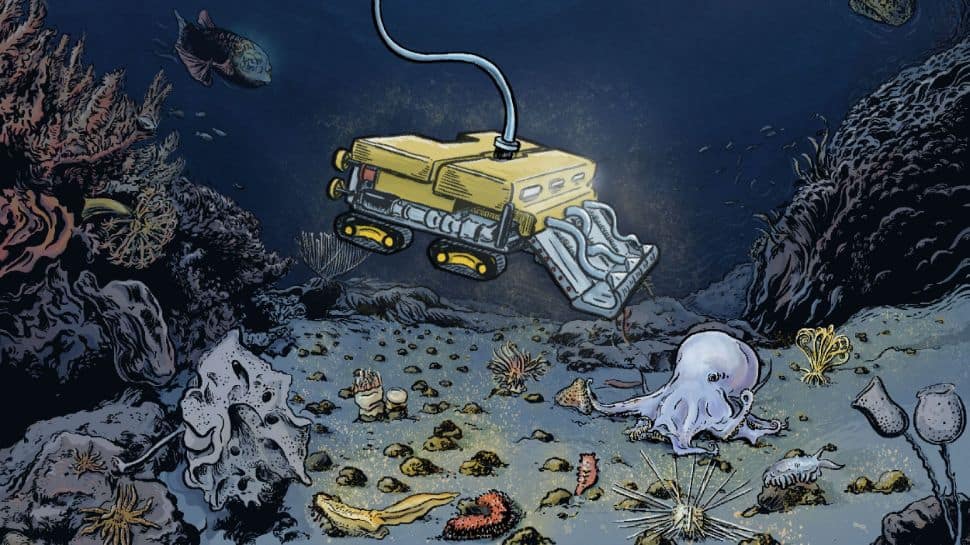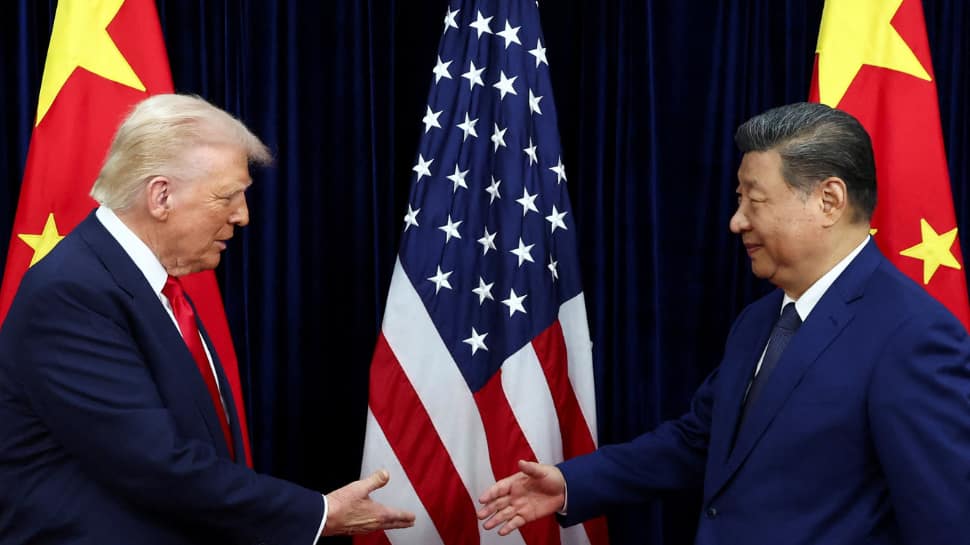As India prepares to assume the leadership of BRICS in 2026, the bloc is solidifying its position as a major…
Browsing: China
China has sharply criticized a U.S. Pentagon report that posits Beijing is utilizing a calmer border situation with India to…
Beijing has strongly condemned a recent US Pentagon report that accused China of attempting to undermine India’s relationship with the…
Japan is pioneering a new frontier in resource extraction, preparing to mine rare earth elements from the ocean floor at…
A complex and concerning strategy is emerging from Pakistan, allegedly masterminded by Army Chief Asim Munir, to strategically position global…
An Indian national’s account of alleged harassment by Chinese immigration officials at Shanghai Pudong Airport has sparked a diplomatic row.…
Former President Donald Trump is set to embark on a state visit to China in April 2026, accepting a personal…
A seasoned former CIA officer, James C. Lawler, has called for a significant enhancement of ties between the United States…
A prominent former CIA officer is calling for a dramatic strengthening of the United States’ relationship with India. James C.…
China’s administration in Xinjiang utilizes a vocabulary of ‘education,’ ‘training,’ and ‘poverty alleviation’ to describe its policies. Yet, behind these…


